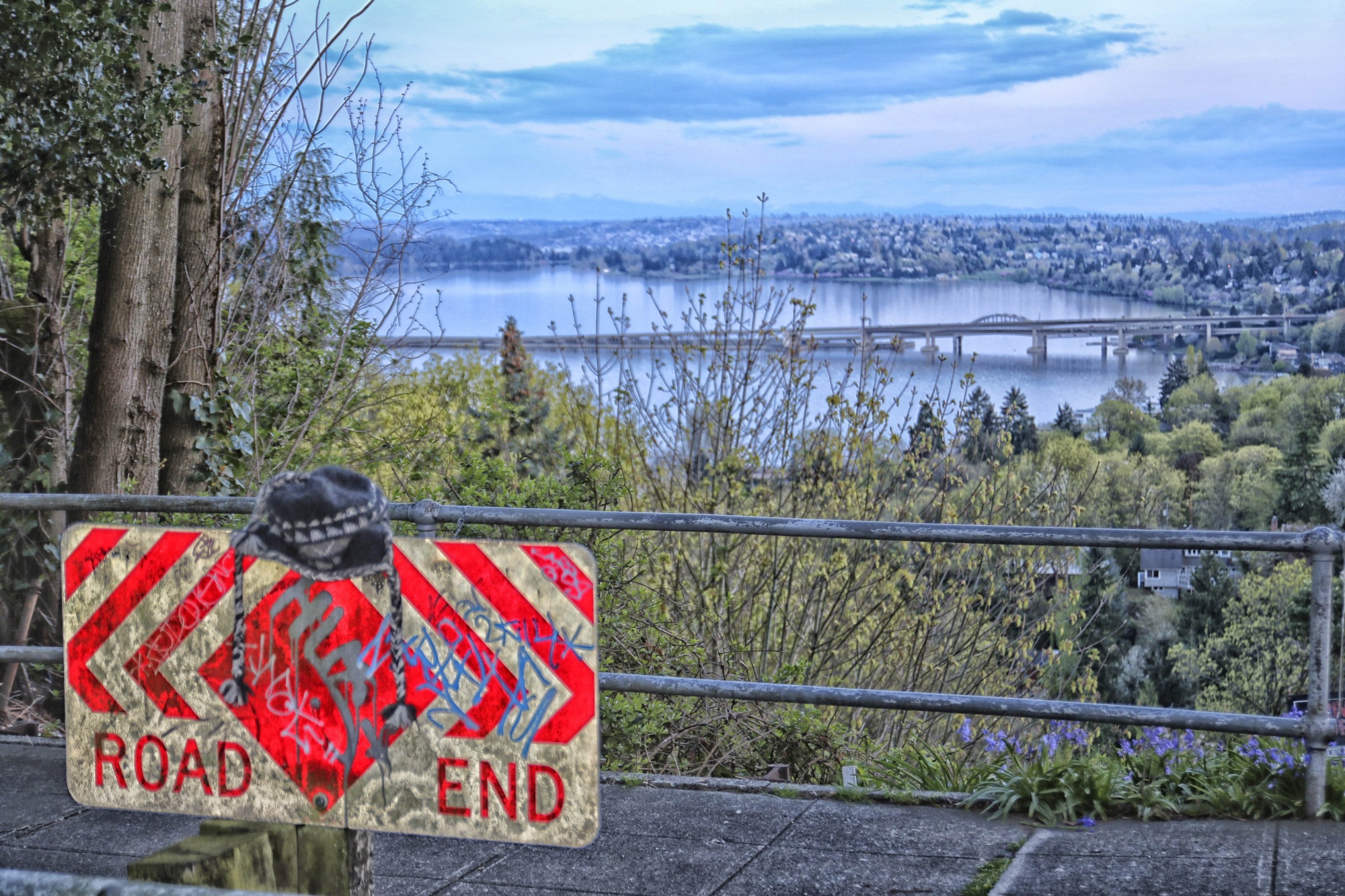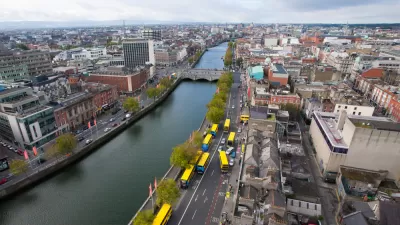In an inspirational essay about the undeveloped boundaries of the public domain (such as street-ends), Chuck Wolfe urges innovation in city spaces where we "blend the familiar with the edge of the unknown."
 Jumping some 2000 years from the Roman finibus terrae—the edge of the known extent of the land in southeast Italy—to a hillside street-end in today's Seattle, Wolfe examines the way we think about "the end of the road." He argues that urban termini have always presented the humans with opportunities to shape ideas for change and transition.
Jumping some 2000 years from the Roman finibus terrae—the edge of the known extent of the land in southeast Italy—to a hillside street-end in today's Seattle, Wolfe examines the way we think about "the end of the road." He argues that urban termini have always presented the humans with opportunities to shape ideas for change and transition.
A street-end, he, notes, may feature preservation of viewpoints, improvements such as public gardens, or enhanced safety measures (e.g., landscaping, lighting or fencing from danger). He describes city, neighbor and nonprofit efforts to improve shoreline street-ends and viewpoints where public rights-of-way come to rest.
He describes one example:
Old and new ideas meet here, along with examples of city life. Here we see safety enhancements -- signage and a railing -- complemented by graffiti, and a custom lost and found for a knit hat left behind. Today's urbanist may also see a future gondola station, a walkable destination, or the potential for sustaining natural pockets amid the built environment. But what compels such vision?
In response, Wolfe suggests that, as with the finibus terrae, "such edges, and views, will always inspire us to create tangible and useful meanings for the spaces beyond."
FULL STORY: Urban Edges and How to Define the Spaces Beyond

Maui's Vacation Rental Debate Turns Ugly
Verbal attacks, misinformation campaigns and fistfights plague a high-stakes debate to convert thousands of vacation rentals into long-term housing.

Planetizen Federal Action Tracker
A weekly monitor of how Trump’s orders and actions are impacting planners and planning in America.

San Francisco Suspends Traffic Calming Amidst Record Deaths
Citing “a challenging fiscal landscape,” the city will cease the program on the heels of 42 traffic deaths, including 24 pedestrians.

Defunct Pittsburgh Power Plant to Become Residential Tower
A decommissioned steam heat plant will be redeveloped into almost 100 affordable housing units.

Trump Prompts Restructuring of Transportation Research Board in “Unprecedented Overreach”
The TRB has eliminated more than half of its committees including those focused on climate, equity, and cities.

Amtrak Rolls Out New Orleans to Alabama “Mardi Gras” Train
The new service will operate morning and evening departures between Mobile and New Orleans.
Urban Design for Planners 1: Software Tools
This six-course series explores essential urban design concepts using open source software and equips planners with the tools they need to participate fully in the urban design process.
Planning for Universal Design
Learn the tools for implementing Universal Design in planning regulations.
Heyer Gruel & Associates PA
JM Goldson LLC
Custer County Colorado
City of Camden Redevelopment Agency
City of Astoria
Transportation Research & Education Center (TREC) at Portland State University
Jefferson Parish Government
Camden Redevelopment Agency
City of Claremont



























